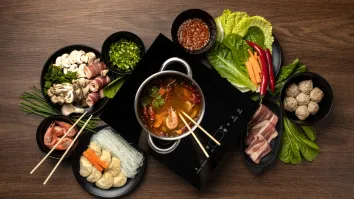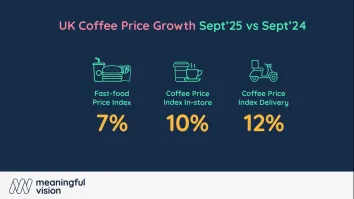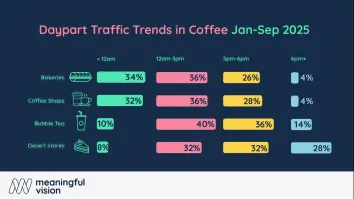
Fast-food chains revise menus as more Gen Zers dine out
They also enjoy food inspired by K-pop and K-drama.
Quick-service restaurants are adjusting their menus to suit the preferences of Gen Zers, who dine out more frequently than other age groups and seem to be hooked on all things Korean.
Jun Lee, executive director at Innoveil Gami, which operates casual-dining chain Gami Chicken, said they are seeing more Gen Z customers eager to experience Korean food. Many of them are fans of Korean culture through dramas, music, or movies.
“To meet this demand, we introduced dishes like Seoul Tteokbokki and Army Stew Hotpot, which recreate the feel of popular Korean dining scenes,” he said in an emailed response. “This allows Gen Z diners to enjoy a full ‘drama-inspired’ experience, right at the table.”
One of five Gen Zers — people born between 1996 and 2010 — dines out more than once a week, compared with 5% of Baby Boomers and 10% of the general population, hospitality technology platform Square said in a report in April. A third of them are also spending more on dining than they were a year ago, compared with 21% of Boomers and 23% of the wider population.
Global spending on Korean cultural products is expected to grow 11% annually to $220.4b (US$143b) by 2030 from 2024, TikTok and analytics firm Kantar Group Ltd. said in a report in June last year.
Kerri Wane, CEO at fast-casual restaurant chain Schnitz, said Gen Zs like to keep up with food trends and seek bold flavours, inspiring many of Schnitz menu innovations.
These include the Christmas Bliss LTO launched last year that features seasoned schnitzel, cranberry sauce, apricot jam, brie cheese and cos lettuce.
“Tech-driven habits led to more app-exclusive offers and online delivery deals. We've also collaborated with influencers to drive authentic reach and relatability,” she added.
The Square report also found that weekend brunch is popular amongst Gen Zs, with 26% calling brunch their favourite time to dine out, compared with just 8% of Boomers and 16% of the general population.
Overall, breakfast is falling out of favour. Weekday lunches (30%) and dinners (30%), as well as weekend lunches (35%) and dinners (53%), were the most popular dining times across the board, with breakfast options trailing behind.
Lee said they are seeing younger diners moving away from late-night dinners and leaning more into early evening meals and lunches.
“We also noticed that Gen Z values variety and experience over portion size,” he pointed out. “Unlike Gen X, who often seek value through large portions, younger diners want to try more options in one meal.”
Meanwhile, Wane said more people are snacking mid-afternoon at Schnitz and dining on the go.
“This has led us to look at more snacking menu options,” she said. “Making our takeaway experience better is key for the future state of play.”























